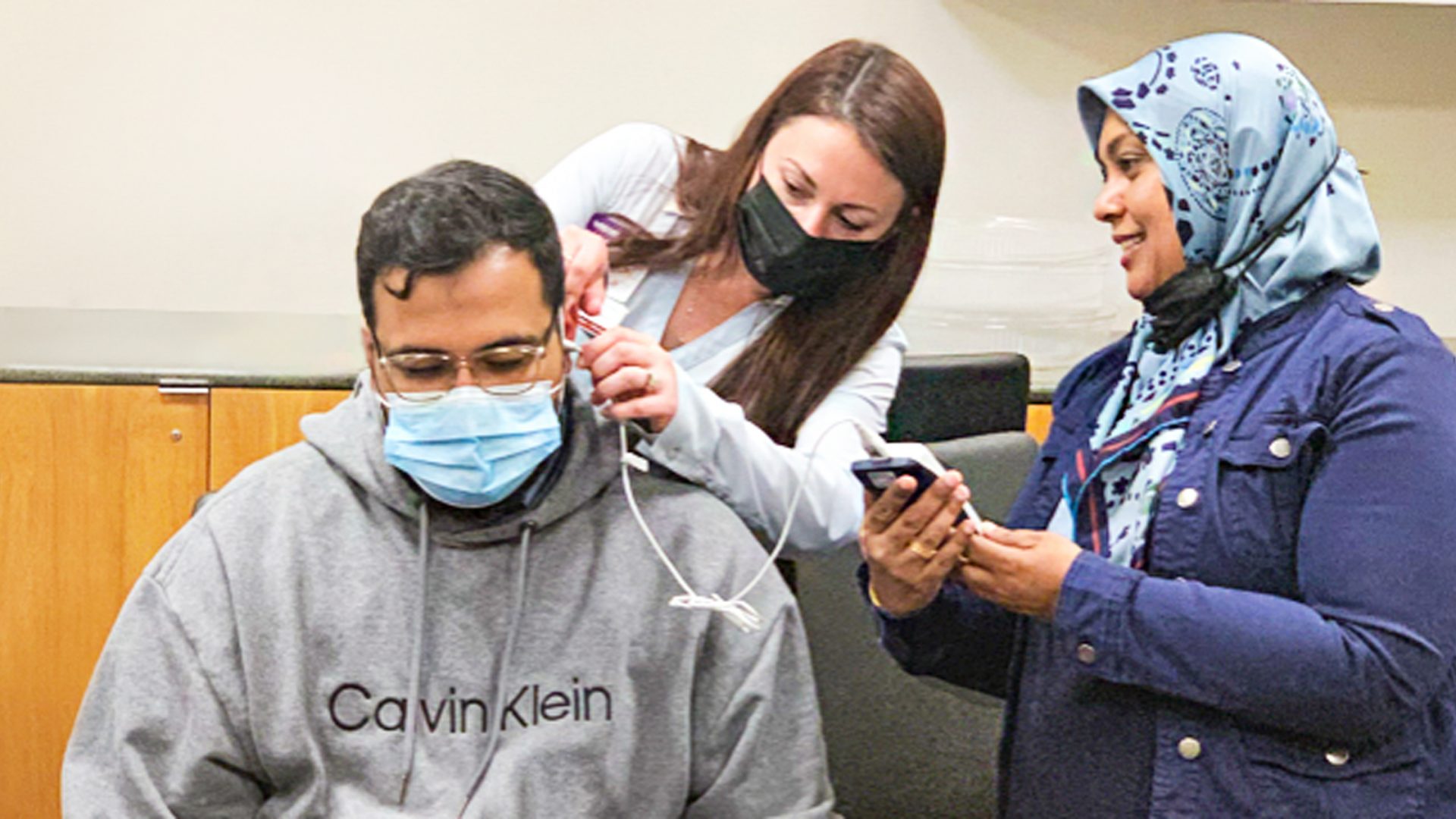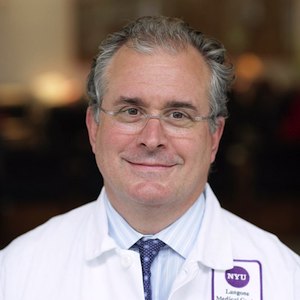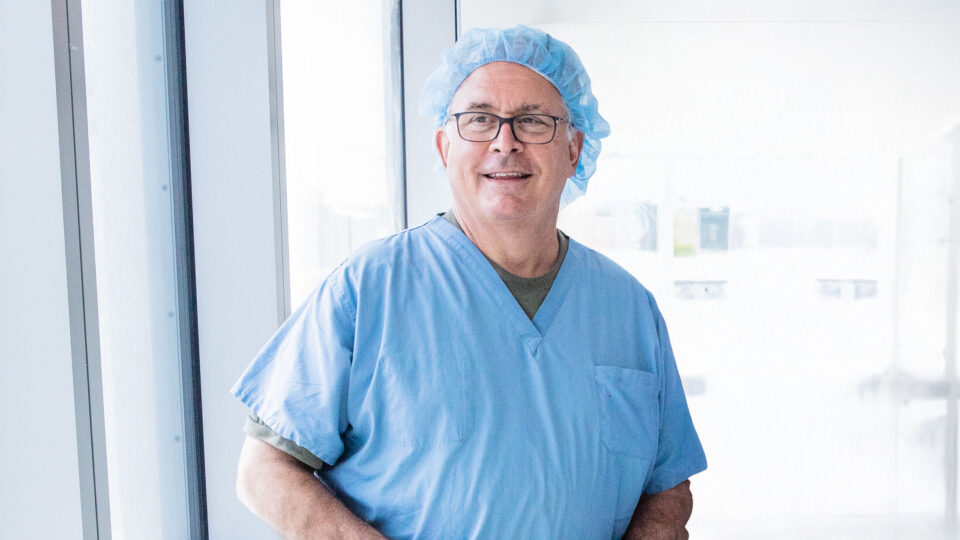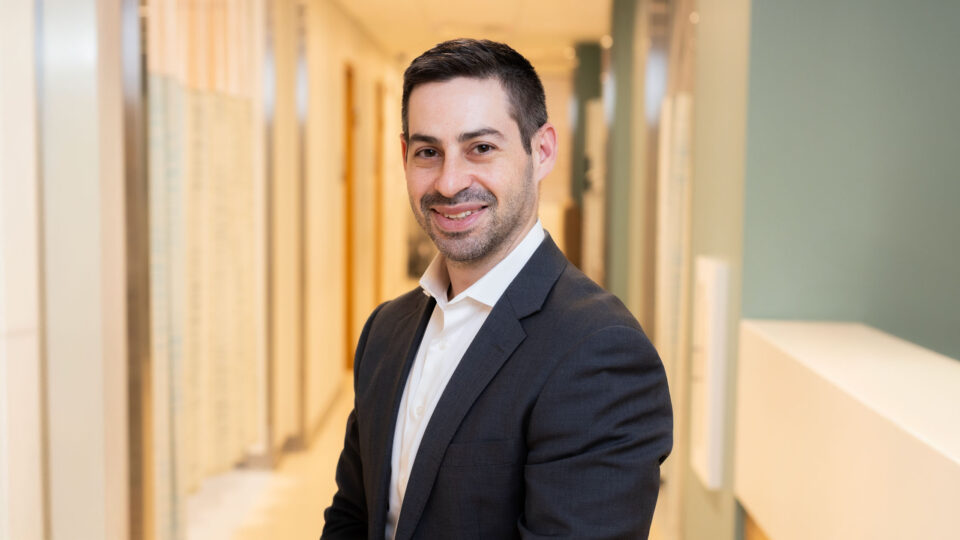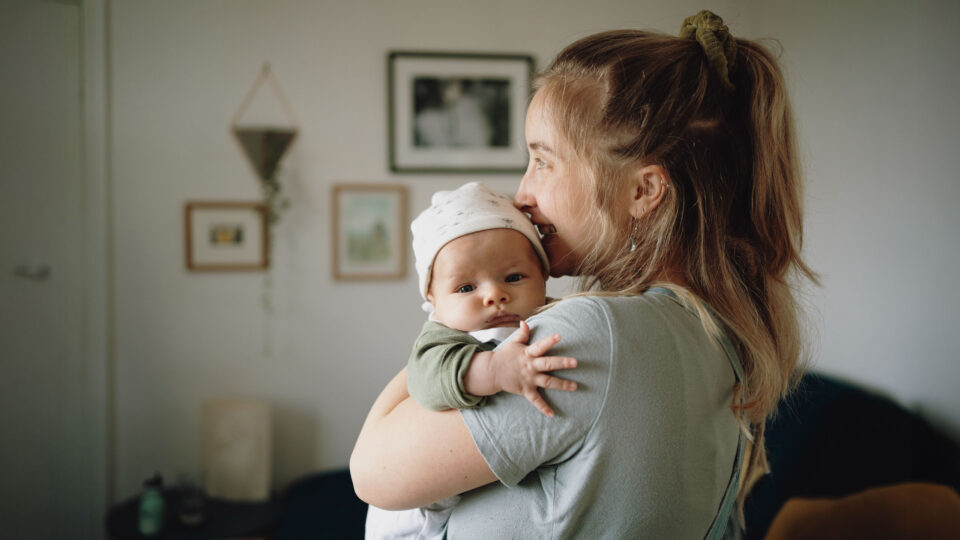In the U.S., 5 out of every 1,000 children experience hearing loss, which can affect quality of life, language acquisition, and learning. Even mild hearing loss can cause a child to miss as much as 50 percent of content covered in a classroom setting.
Yet, hearing loss in children often goes unrecognized, particularly in low-income immigrant families who may come from countries where early hearing screening is not mandated.
To test the theory that improving community access to hearing screenings can help to close the gaps in diagnosis and treatment, the NYU Langone Health Department of Otolaryngology—Head and Neck Surgery and Institute for Excellence in Health Equity have launched the Hearing Loss Awareness and Screening Program for Low-Income Immigrant Families. This clinical and research partnership is introducing screenings into nontraditional settings such as community centers and faith-based organizations.
“The goal is to understand the incidence of unrecognized hearing loss and the causes in this age group, and to establish ongoing best-in-class programs and care to treat the hearing loss,” says J. Thomas Roland, Jr., MD, the Mendik Foundation Professor of Otolaryngology and chair of the Department of Otolaryngology—Head and Neck Surgery.
“The goal is to understand the incidence of unrecognized hearing loss and the causes in this age group, and to establish ongoing best-in-class programs and care to treat the hearing loss.”
J. Thomas Roland, Jr., MD
Defining Screening Best Practices
Because hearing is so closely tied with learning and social adaptation, it is critical to identify hearing loss early, says Moses Mansu, DrPH, the program’s director. In the U.S., most babies are screened at birth, but this is not true in other countries, he adds. “If you’re able to intervene early, you have an opportunity to manage the problem. It is less likely to affect children socially.”
The program will educate parents in low-income immigrant communities about hearing loss and how it may present in children, and will connect children with treatment to reduce adverse outcomes. If a family lacks insurance for their child, the program will help them to enroll in free state services.
Leveraging Community Engagement
The three-year pilot, supported by a generous gift from the Silverstein family, is projected to reach 1,100 community members with information and screen at least 120 children in its first year. The program will partner with two community-based organizations and four faith-based organizations in Brooklyn. In its second year, it will expand to Mineola, where NYU Langone Hospital—Long Island is located.
“We have a church that provides worship services to Chinese and Latino immigrants, a mosque serving Arab and Asian Muslims, and a church serving predominantly West Indian immigrants,” says Dr. Mansu. “The Flatbush location has an affiliated academy, which gives us the opportunity to test school screenings.”
During the program’s first year, each location is required to hold at least one educational workshop and two screening events, and to promote the program on-site. Marie T. Homsi, MD, a clinical assistant professor of pediatric otolaryngology, helped to lead the educational effort, developing presentations for public awareness and volunteer education, as well as multilingual materials for the program’s diverse audiences.
NYU Langone physicians will train community volunteers in hearing loss screening techniques and ways to refer children for follow-up care. The team will track screenings and referrals and will measure awareness among parents.
Advocating for Nationwide Change
Dr. Roland, who has implemented a similar hearing loss screening program in Uganda, recently led a training for the program’s volunteers. He is a strong advocate for federal legislation that would make hearing screening more accessible for all families. “Every child should be able to maximize their potential,” he says.


